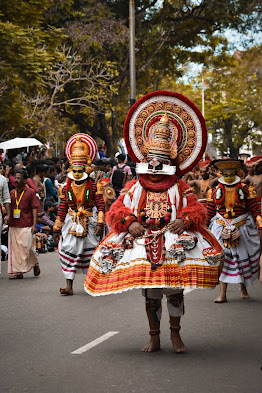Today I will discuss what is the classification of Shruti in Carnatic music. If it is difficult to understand anywhere, let me know in comment section. I request you to read the full article without skipping anywhere.
Introduction
According to us shakthi and taala are of the same importance. However, in Carnatic Music Shruti is considered as a different system. Shruti is of same importance as Sanskrit. Sanskrit is the language of life, literature, law and philosophy. Hence shakti is also called as “shakti-kaumudi”. Shakti-kaumudi is said to have 72 Names (“Paanas”) which in turn are 72 fundamental shaktis (Bindu). However, according to famous Carnatic music scholars such as Tilakneeti, Shri Vidwan Swarasya Vaidyanatha Iyer, Chaturbhuj Iyer and others, Shakti or Shruti has 484 names which is a combination of the 72 shaktis and 72 rukkhya or 72 dimensions. This information has been offered by Chaturbhuj Iyer himself in his Book. Thus, Shakti-kaumudi has a total of 656 names.
Classification of
Shruti in Carnatic music
Different people make different musical genres. Very often these different genres are classified as raga. Raga: Carnatic music genre Ragas: Indo-European ancient musical genres There are two different categories of raga in Carnatic music. 1. It can be very easy to understand because of these three basic Ragas are basic in most of the musical style. 2. Nomenclature used to classify it as Ragini, Grama and Tarangini These three Ragas are based on a certain Nada (Point) of these Trias (Triangles). Nada means Six Chords with a sense of Geometry. A basic note is called Sat, Sankar, Ma, Nir, Pancham (Sampthi = Six). A ghatam player is playing 4 notes of these notes. The Chord or a part of it is called Naat. The notes which are below this are called Jatin and below that is Padam.
Conclusion
Most of the singers do not remember the raga when they perform. They may know or may not remember the mnemonic of the raga. I myself have no proper raga memory (in sarangi) to remember ragas or mangalsutras. If I need to remember the raga or kriti for an upcoming concert, I simply have to enter the raga number, a brief composition, and a kriti and I remember the raga and the kriti. I have practiced this method for a long time. As for the last couple of decades of my musical life, I have been satisfied in performing different ragas of a raga to every composition of a raga in different situations and contexts of my performances and learning sessions. This means that I have effectively learned the raga. I do not need to remember the individual notes of a raga.



0 comments:
Post a Comment
If you have any doubts, please let me know